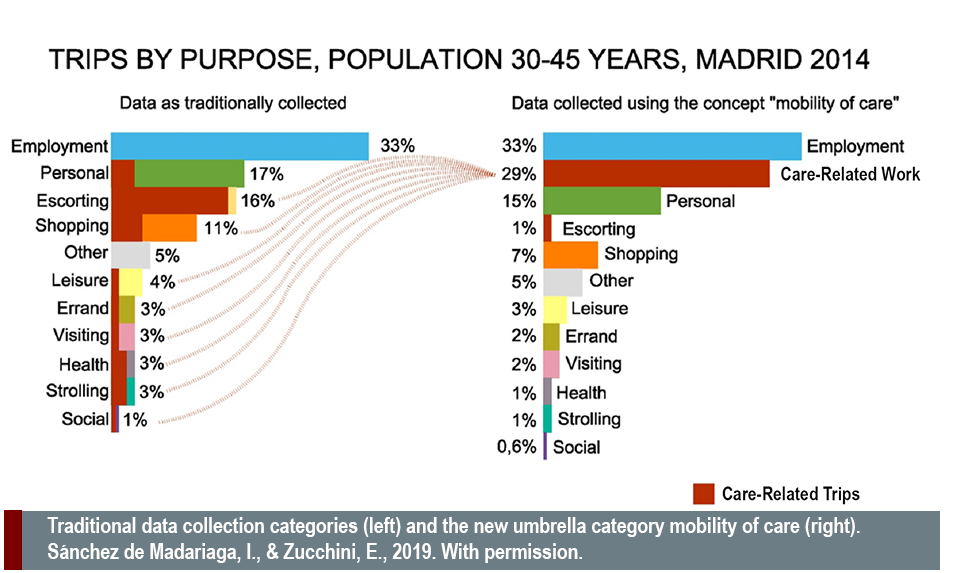Language and visual representations are central to all knowledge-based activities, including those in science, health & medicine, and engineering. Word choice, charts, graphs, images, and icons have the power to shape scientific practice, questions asked, results obtained, and interpretations made. “Sharing a language means sharing a conceptual universe” within which assumptions, judgments, and interpretations of data can be said to “make sense” (Keller, 1992). Rethinking language also involves Rethinking Concepts and Theories.
Rethinking language and visual representations can:
- 1. Remove assumptions that may limit or restrict innovation and knowledge in unconscious ways.
- 2. Remove assumptions that unconsciously reinforce gender inequalities.
Language
Consider the following examples:
- ● Unintended hypothesis-creating metaphors.
Analogies and metaphors function to construct as well as describe. They have both a hypothesis-creating and proof-making function. By analyzing language—by “waking up” metaphors—we can critically judge how the imagery may be lending structure to our research (Martin, 1992; Martin, 1991). For example, zoologists often refer to herds of animals (horses, antelope, elephant seals, etc.) as “harems.” The word “harem” embeds assumptions about social organization, in this case polygyny. In this example, researchers failed to “see” what lies outside the logic of the metaphor. Recent DNA studies of mustangs show, however, that a given stallion typically sires less than a third of the foals in a band. Researchers who questioned the notion of a “harem” found that female mustangs range from band to band, often mating with a stallion of their choice (Brown, 1995). Other scholars have shown how the metaphor of the “cell as a factory” works to naturalize patriarchal norms in which the male “head” (coded as the nucleus) controls the domestic labor of women (Navare, 2023).
- ● Inclusive language.
Inclusive language may enhance recruitment and retention of women and gender-diverse people in traditionally masculine fields, such as engineering—and may similarly enhance recruitment of men and non-binary people in traditionally feminine fields, such as nursing or psychology.- ♦ In English, new words have been devised and usage altered to be more inclusive. For example, “fireman” has been replaced with “fire fighter,” “infantrymen” are now “soldiers,” and “animal husbandry” can be replaced with the more neutral “animal breeding and care.” Some old terms such as “aviatrix” and “lady doctor” have completely disappeared.
- ♦ In English, “they” should be used rather than the generic “he” when referring to a researcher, subject, or student whose gender is unknown. Many dictionaries now accept “they” as a singular, gender-neutral pronoun, or the sentence can be recast in the plural to avoid specific referents.
Visual Representations
Visual representations in science, medicine and engineering may contain gender-inflected messages in 1) the content of a field or discipline, or 2) the practitioners of a field or discipline. Consider the following:
- ● Visual Display of Data
- Visual displays of data may embed gender assumptions. As discussed in the case study on Public Transportation, the charts below represent trips made in Madrid in 2014. The first chart (left below) graphs transportation data as traditionally collected and reported. It privileges paid employment by presenting it as a single, large category. Caring work (shown in red) is divided into numerous small categories and hidden under other headings, such as escorting, shopping and leisure. The second chart (right) reconceptualizes public transportation trips by collecting care trips under one category. Visualizing care trips in one dedicated category emphasizes the importance of caring work and allows transportation engineers to design systems that work well for all segments of the population, improve urban efficiency, and guard against global warming (Sánchez de Madariaga, 2013, 2019).

Checklist
![]() When rethinking language and visual representations, consider the following:
When rethinking language and visual representations, consider the following:
- ● How might metaphors be gendered and create unintended hypotheses?
- ● Do gendered metaphors reinforce stereotypes?
- ● Are word choices or naming practices gendered?
- ● Do naming practices or pronoun choices exclude gender-diverse individuals?
- ● How does nomenclature influence who becomes a scientist or engineer?
- ● Are the language and images being used gender inclusive?
- ● Are graphs, charts, or images used to visualize abstract concepts gendered in unintended ways?
- ● Does a particular field of science or engineering promote a self-image that carries messages about the “gender appropriateness” of participation by women, men, and gender-diverse people?
- ● Are problem sets or training exercises chosen to illustrate basic scientific principles gendered in unintended ways?





